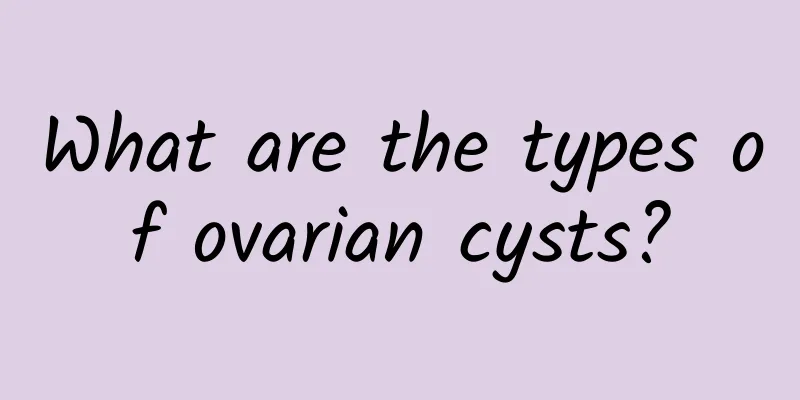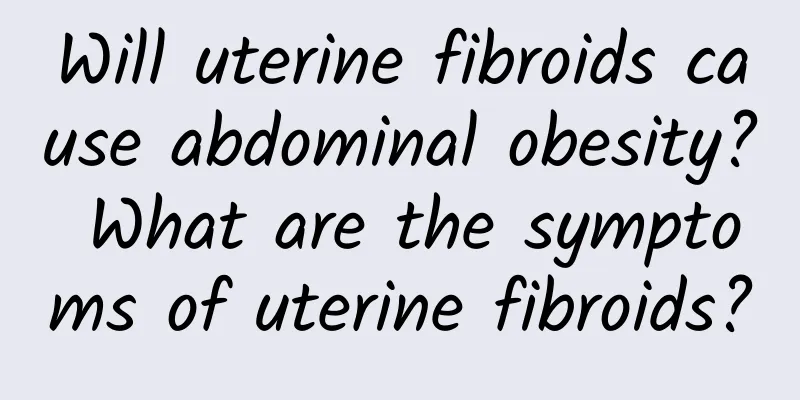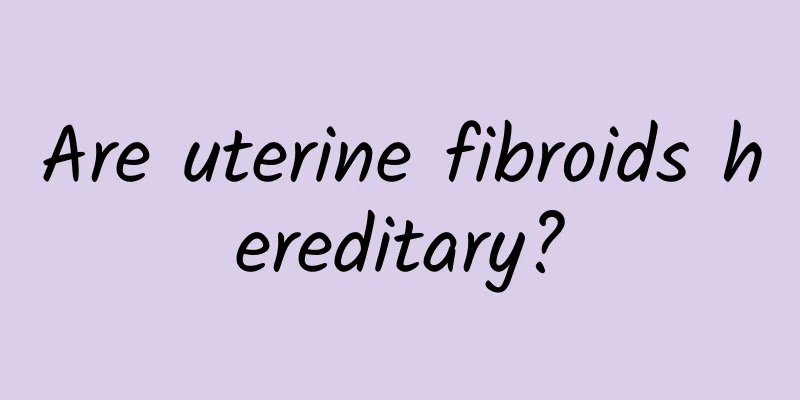What are the types of ovarian cysts?

|
What are the types of ovarian cysts? Serous epithelial cysts and mucinous epithelial cysts: Cysts that still exist after three months of observation may be epithelial ovarian cysts rather than functional cysts. This is because serous cells and mucinous cells with secretory functions are buried in the ovaries after ovulation and continuously secrete fluid to form cysts. This type of cyst will not disappear and requires surgical removal. 1. Teratoma: Originated from potentially multifunctional primitive embryonic cells, most of them are benign, but the tendency to be malignant increases with age. The site of occurrence is related to the midline anterior axis or midline paracentral area of the embryonic body cavity, and is more common in the sacral and coccygeal regions, mediastinum, retroperitoneum, and gonadal regions. It will generate hair, teeth, and some oil accumulation in the ovary. Since the teratoma itself will not disappear on its own and may continue to grow, and there is a 15% chance of causing ovarian torsion, it is best to remove it early. Generally speaking, the rate of malignancy is less than one in a thousand. 2. Endometrioid tumor: The surface of the tumor is smooth and is often single-chambered. Its inner wall is composed of a layer of tall columnar epithelium that is very similar to the endometrium. The surrounding connective tissue lacks endometrial stroma, and there is no bleeding inside or outside the cyst. 3. Functional cyst: One of the common ovarian cysts, also known as physiological cysts, this type of cyst is quite common among women of reproductive age. An abnormal amount of fluid accumulates in the follicle or corpus luteum, forming a follicular cyst or corpus luteum cyst. This functional cyst can sometimes be very large, but regardless of whether it is treated with medicine or not, it usually disappears on its own within three months. 4. Hemorrhagic cyst: One of the common gynecological diseases in young women. In most cases, hemorrhagic ovarian cysts will recover, so you can observe first, and it does not necessarily require medication or surgical treatment. But sometimes hemorrhagic ovarian cysts will be combined with intra-abdominal bleeding, and even massive bleeding will cause shock. At this time, emergency surgical treatment is necessary. |
<<: What is the reason for menstruation after menopause?
>>: What is the cause of heavy menstrual bleeding in adenomyosis?
Recommend
Can cervical warts be completely cured?
Cervical warts are a disease that patients want t...
What should be paid attention to in the prevention of vaginitis
How to prevent vaginitis? Vaginitis brings great ...
What to do if there is cervical erosion during induction of labor
When women need an abortion when they are unexpec...
Introducing 2 dietary recipes for functional uterine bleeding
In traditional Chinese medicine, metrorrhagia, me...
Is ovarian cyst removal expensive? Are the symptoms severe?
Is it expensive to remove an ovarian cyst? Are th...
What are the symptoms of uterine fibroids? Can uterine fibroids induce anemia?
Uterine fibroids, also known as uterine leiomyoma...
What is the reason for bleeding after sex? 4 causes of bleeding after sex
There are four reasons for bleeding after interco...
Chang Gung Yongqing Cup Road Race starts on October 7th GO
To live, you must move. To be healthy, you must m...
What tests can be used to diagnose cervicitis? Introduction to the examination methods for chronic cervicitis in women
Chronic cervicitis refers to the long-term presen...
What should be paid attention to after uterine fibroid surgery? How to care after uterine fibroid surgery
Uterine fibroids are a common gynecological disea...
Sugar-free high-fiber soy milk before meals increases satiety and reduces appetite
When it comes to beverages to go with breakfast, ...
How to prevent endometrial tuberculosis
Since endometrial tuberculosis often occurs after...
What are the common symptoms of uterine fibroids? Can uterine fibroids cause uterine bleeding?
What are the symptoms of uterine fibroids? This n...
What should I do if my leucorrhea is abnormal and my menstruation is frequent and I only have one period every few days?
What should I do if my leucorrhea is abnormal and...
How are multiple uterine fibroids formed? What should I do if I have multiple uterine fibroids?
Uterine fibroids are a common tumor disease in wo...









